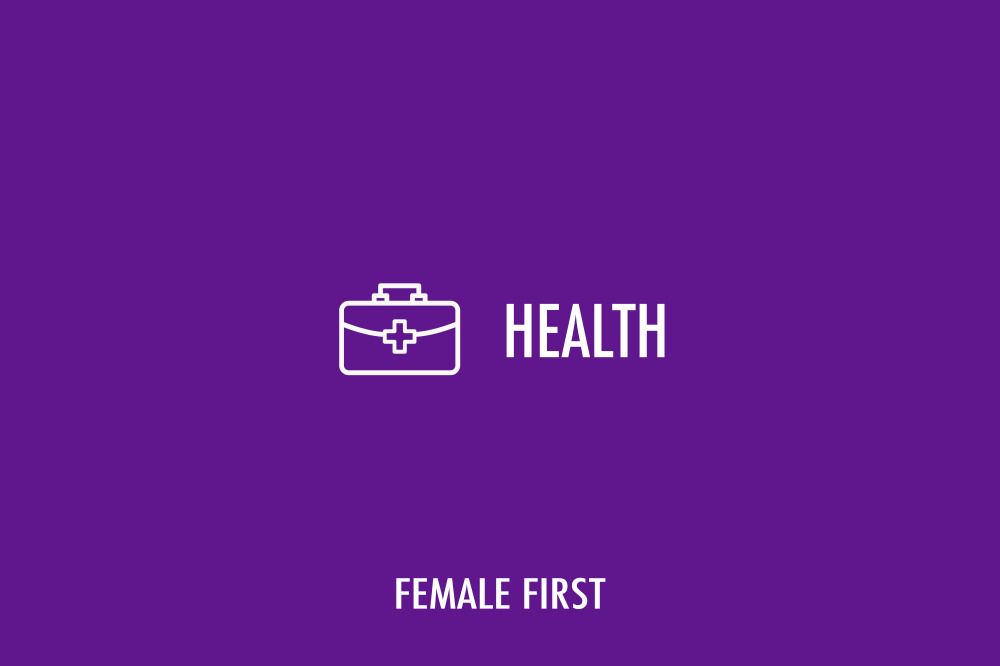Today, November 14, marks World Diabetes Day, which for the past five years has centred on the theme of education and prevention of diabetes, highlighting the growing concerns about the global health threat that the condition poses.

Health on Female First
According to Diabetes UK, the number of people diagnosed with diabetes in the UK since 1996 has increased from 1.4 million to 2.9 million. By 2025 it is estimated that five million people will have diabetes and most of these cases will be Type 2, a form that in many situations could be preventable.
Diabetes is a metabolic condition, characterised by high blood glucose levels. In patients with diabetes the body is unable to absorb and utilise glucose efficiently. This is due to the fact that insulin, which helps your body use glucose from the blood, is either lacking (Type 1 diabetes) or unable to act properly (Type 2 diabetes).
Expanding on the two different types of diabetes, Dr Jesse Kumar, Consultant Endocrinologist at London Bridge Hospital’s Sevenoaks Medical Centre explains that: “Type 1 diabetes is an immunity-mediated process, which destroys the insulin producing cells in the pancreas. Type 2 diabetes, which is the most common form of the condition, occurs mainly in adults above the age of 25 years, who are overweight. The accumulation of fat tissue acts as a barrier that inhibits the insulin from acting properly; this is called insulin resistance.”
He continues: “Type 1 diabetes can present with symptoms of excessive thirst, urination, blurring of sight, weight loss and generalised tiredness. Sometimes an emergency condition called Diabetic Ketoacidosis can occur, which is related to a severe lack of insulin, meaning the body cannot use glucose for energy and so it starts to break down other fat tissue. When this happens poisonous by-products called Ketones are produced, which, if left unchecked, can cause the body to become acidic and will require admission to hospital for treatment.”
“On the other hand, early symptoms for Type 2 diabetes may be very subtle and include skin infections such as boils, thrush etc. and tiredness. Sometimes, slight black velvety discolouration under armpits and neck folds in overweight people can be a heralding sign, which your GP may want to investigate. Unlike the rapid onset and the very symptomatic signs of Type 1 diabetes, the symptoms associated with Type 2 diabetes can sometimes be very mild, hence delaying the diagnosis and by the time of diagnosis the majority of patients may have complications.”
Diabetes can be diagnosed by a simple blood test called HbA1c or a fasting blood glucose level test, which can easily be done by your GP. Early recognition is of the utmost importance in diagnosing Type 2 diabetes, as the symptoms can be mild and sometimes missed.
Once diagnosed, treatments are available for both Type 1 and Type 2 diabetes, which Dr Kumar explains: “are not only to sustain life, but also to prevent complications such as heart attacks, strokes, kidney failure and eye problems on a long term basis by adjusting the treatment.”
Discussing treatment options further, Dr Kumar adds: “Type 1 diabetes treatment always uses insulin, as there is a complete lack of insulin in this condition. Insulin can be given in different ways to suit individual needs and also by a continuous insulin pump. In very poorly-controlled diabetes with complications like severe recurrent hypoglycaemia, specialist centres offer Pancreatic Islet Cell Transplant and sometimes a combined pancreas and kidney transplant.”
“Type 2 diabetes can be treated in a variety of ways but the main initial treatment involves lifestyle measures of a healthy diet, exercise and weight loss. The next step is usually Metformin, a drug that reduces insulin resistance and makes insulin work better. Metformin provides the best-known benefit to prevent complications and has been the subject of great research interest, as there is emerging evidence to it preventing cancer. Other drugs available include a variety of tablets and injections (not insulin) which act on different organs and there are many additional new drug options that are emerging.”
Diabetes is one of the biggest health challenges facing the UK today, and whilst Type 1 diabetes cannot be prevented, Dr Kumar says that there are a number of lifestyle changes that people can make to reduce their risk of developing Type 2 diabetes. These include:
Regular exercise - Cardiovascular exercise such as competitive active games and swimming 2-3 times a week or a total of 150 minutes of moderate exercise spread over a week (consult your GP for advice before exercise) is beneficial and helps to keep in good health.
Keeping an eye on your weight and BMI is crucial.
Avoid Smoking - Due to its harmful effects on cardiovascular health.
Follow a healthy diet - Try to eat lots of fresh produce and freshly cooked meals and cut down on processed foods such as ready meals, which are high in sugar and saturated fats, as well as cakes, biscuits, chocolate and fried foods, which are high in trans-fats.
Get enough sleep - Aim to get at least 6 hours of sleep a night for good hormone balance.
Reduce stress - Stress can have long-term harmful effects on health, so it is important to take time to relax.

